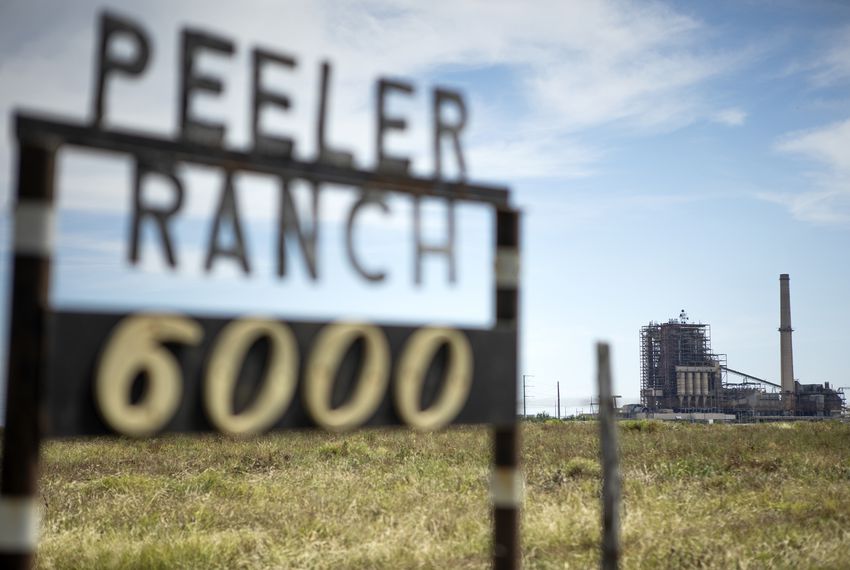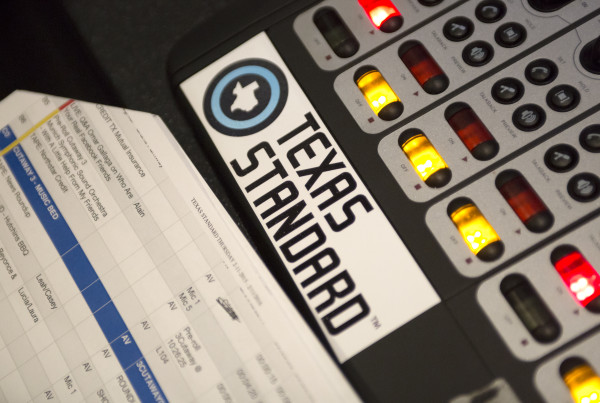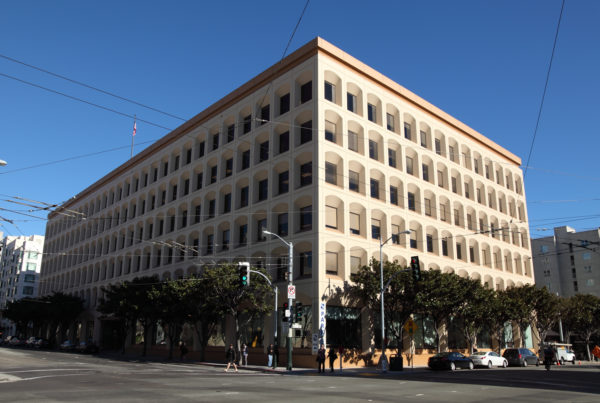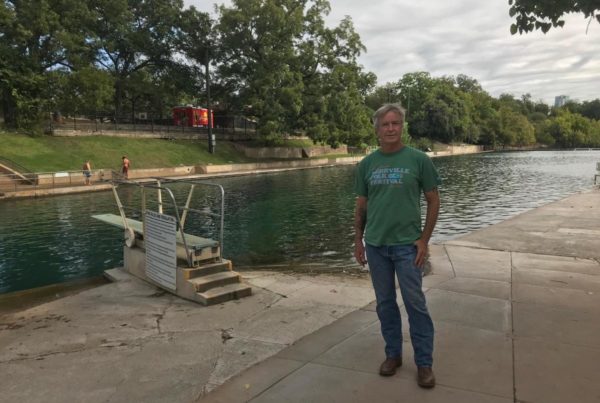Produced by Savana Dunning & Laura Rice
From The Texas Tribune:
In the late 1970s, at the tail end of a sweeping push to bring electricity to rural Texas, Alonzo Peeler Jr. struck a series of deals with three electric cooperatives: They could build a coal-fired power plant on the sprawling Atascosa County ranch where his family had run cattle for more than a century. And they could mine the abundant lignite, or “brown coal,” from underneath the property to feed the plant.
To Peeler, now 79, it made sense for a multitude of reasons. Not only would it bring more power generation to the farming and ranching region south of San Antonio, but it would boost the local tax base and bring additional income to his family.
“Looking back,” Peeler says now, “I made a big mistake.”
Peeler, who grew up on the now 25,000-acre ranch and dropped out of college to come home and help run it, thought the contract he signed ensured the cooperatives would promptly restore his land as soon as they were done mining it. In fact, the agreement required them to begin restoring the land within six months of abandoning excavated areas.
That wasn’t just in the contract, either: State and federal laws require companies to “reclaim” mined land, a process in which companies restore land to its former condition so that it can be used again for grazing cattle, building homes, and businesses or recreation.
San Miguel Electric Cooperative, which took over operations of the plant and mine — and the Peeler lease agreement — in 1978, ceased mining on the family’s ranch in 2004 and moved on to other private land close to the power plant. But 15 years later, after paying the family millions of dollars to mine lignite on the ranch, San Miguel has only fully restored about a fifth of the land it disturbed. What’s more, the Peelers say the condition of the land that the cooperative has yet to restore is deteriorating.
“It’s like a death in the family,” says Jason Peeler, Alonzo Peeler’s son, who took in the full extent of the damage a few years back while flying his Piper Super Cub airplane over the ranch.
Throughout the 4,000-plus acres of Peeler property that San Miguel mined over a quarter century, it has buried powdery gray coal ash — a byproduct of burning coal at its nearby power plant — in deep mine pits and piled it into towering mounds. The power plant generates 1.8 million cubic yards of the substance, which contains toxic heavy metals that can leach into the soil and groundwater, every year. (That’s more than half the volume of Egypt’s Great Pyramid at Giza.) And the family claims that San Miguel hasn’t properly managed its disposal.
The family also claims the cooperative has tainted its land by improperly discharging millions of gallons of wastewater from its power plant onto parts of the ranch it had never leased.
“The problem probably started right away, but it took 25 years for it to become obvious,” the elder Peeler says.
The family says the damage is revealed in persistent sprawling wet spots on the property — even though the rural area about 50 miles south of San Antonio is always in and out of drought — and moonscape-like dead zones where scrubby grass and hardy mesquite trees once flourished.
And the Peelers point to water and soil testing done on the former mine and around the power plant by environmental consultants they hired in late 2017. It found that the soil and surface water contained levels of arsenic and other contaminants considered unsafe for human exposure; the surface water also contained levels of calcium and sulfur considered unsafe for livestock consumption.
Luckily for the family, the testing showed that contaminants didn’t reach the deep water wells the Peelers used to drink from and water livestock. In January, an analysis of testing data from 16 Texas coal plants by an environmental nonprofit found the groundwater just beneath San Miguel’s power plant was more contaminated than any of the others.















